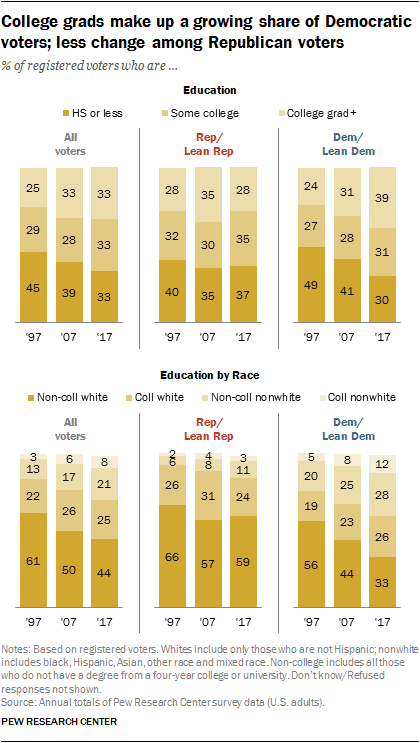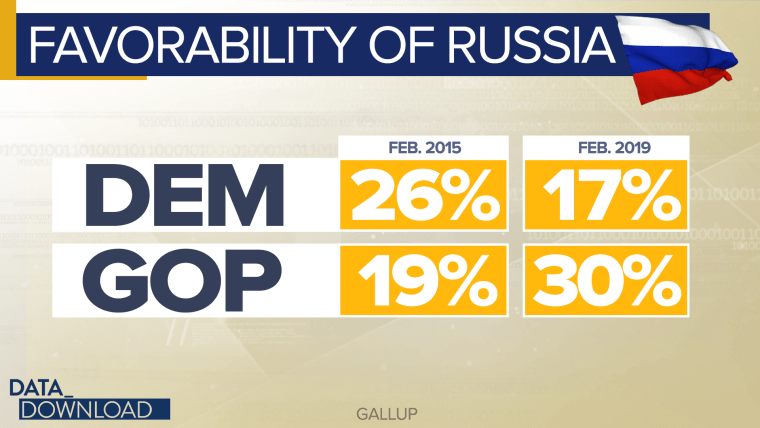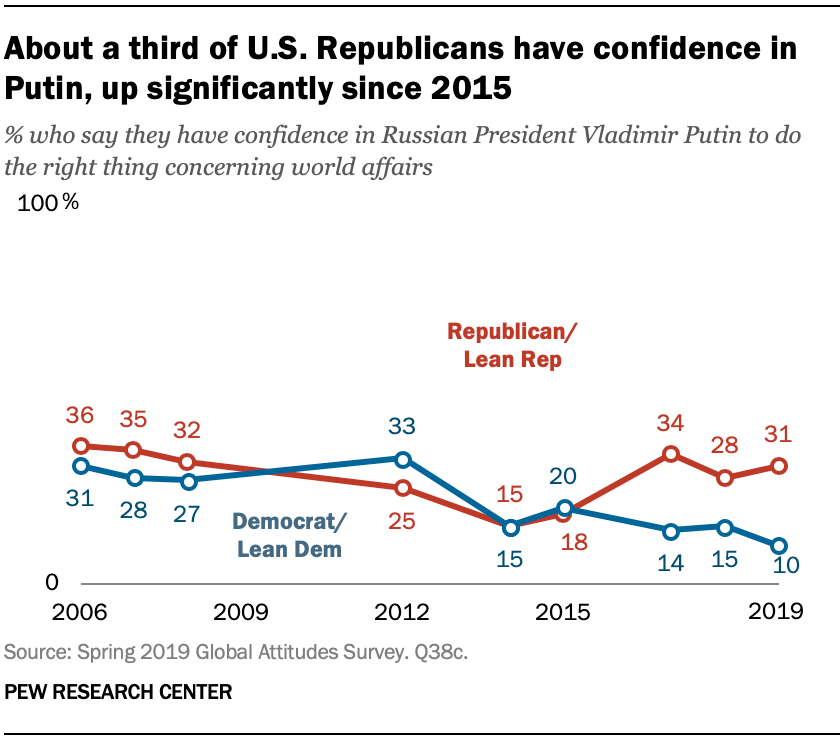As of 2019, 28 states and the District of Columbia allow registered voters to indicate a party preference when registering to vote; the following 20 states (mostly in the South and the Midwest) do not provide for party preferences in voter registration: Alabama, Arkansas, Georgia, Hawaii, Illinois, Indiana, Michigan, Minnesota, Mississippi, Missouri, Montana, North Dakota, Ohio, South Carolina, Tennessee, Texas, Vermont, Virginia, Washington and Wisconsin.
Only Wyoming has a majority of registered voters identifying themselves as Republicans; two states have a majority of registered voters identifying themselves as Democrats: Maryland and Kentucky (since 2010, Louisiana, Pennsylvania and West Virginia have all seen their Democratic-majority registrations slip to just Democratic-pluralities).
VAP/VEP and turnout
Turnout demographics
Party change over time: another look at the cinematic map
Party affiliation 1932-2014
Recent trends and demographics
The party bases:

Party identification and issues
The Trump Effect

Putin

No comments:
Post a Comment
Note: Only a member of this blog may post a comment.